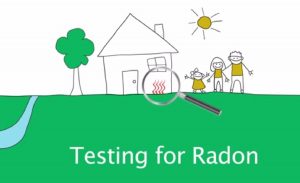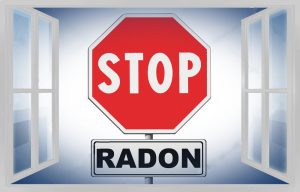Long-term exposure to radon could cause serious health problems, such as Lung Cancer. If your home’s radon level is 4 pCi/L or higher, we recommend taking immediate radon mitigration to reduce it.
There are different ways to lower indoor radon levels. Some prevent radon from entering your home while others reduce radon levels that have accumulated in your home. Often, the best method depends on how your home was built — specifically your home’s foundation type.
Soil Suction
Soil suction is a type of radon mitigation technique that prevents radon from getting into your home. In this method, radon under your home is drawn out by venting it through a pipe.
For slab-on-grade houses or homes with basements, you can choose from the following soil suction methods to reduce the level of this harmful gas in your property.
- Subslab Depressurization is a type of soil suction technique where a suction pipe is inserted through the floor slab. The location of where the pipe needs to be inserted depends on how easily air moves through the soil.
- Block-wall Suction is the perfect option for houses with a hollow block foundation. This technique is usually done together with Subslab Depressurization.
- Sump-Hole Suction uses a sump pump to drain unwanted water in the basement. This is also where the radon suction pipe will be installed.
- Drain-Tile Suction, also called perforated pipe, moves water away from the foundation of your house, which effectively lowers indoor radon levels.
Heat Recovery Ventilator
Heat Recovery Ventilator or Air-to-Air Heat Exchanger improves ventilation inside your home so you could effectively draw radon out of the house. It works best when used in the basement. However, you could also use this to ventilate other parts of the house. This method could also improve your home’s air quality.
House Pressurization
This technique aims to create sufficient pressure in the lowest level of your home to push air out and prevent radon from getting inside the house. To maintain constant and sufficient pressure, close all windows and doors at the lowest level of your home.
Sealing
Sealing is an effective way to prevent radon from getting inside your home. If you’re already implementing another radon mitigation method, sealing cracks in your foundation could further help prevent radon accumulation inside your house.
Radon mitigation is a home improvement work that you shouldn’t delay. Not taking action means putting yourself and your family at risk of serious health problems.
Atlantic Radon is here to help you determine the right radon mitigation technique for your property. Contact us today to learn more about our radon mitigation service in Annapolis, Severna Park, and across Maryland.




